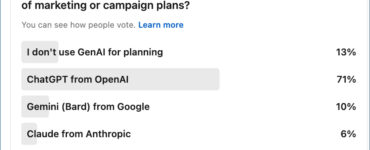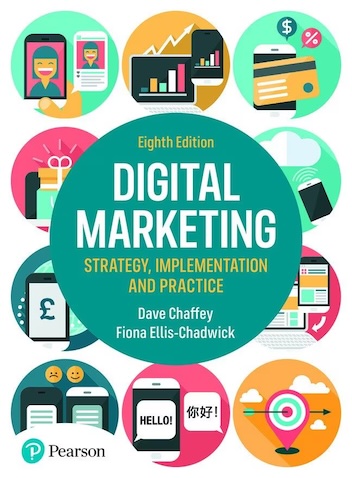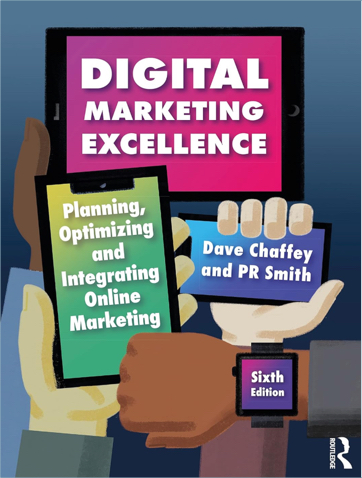6 types of social proof that can be tested to improve conversion
Social proof is referenced more as a persuasion marketing technique since Robert Cialdini referenced it in the most recent edition of book: Influence, the Psychology of Persuasion updated in 1984, 1994, 2007 (although he doesn’t reference digital marketing since he is concerned mainly with advertising and direct selling interactions).
Social proof isn’t one of Cialdini’s 6 principles of persuasion. It relates most to the fifth principle of Liking. Here are some quotes from the book including some related to direct selling and advertising of which the first is the best summary
“The power of social proof operates most powerfully when we are observing the behavior of people just like us. Advertisers know that one successful way to sell a product to ordinary viewers (which compose the largest potential market) is to demonstrate other “ordinary” people liking and using it. (140)”
“Means we use to determine what is correct is to find out what other people think is correct. This is especially true in terms of determining correct behavior. As a rule, we will make fewer mistakes by acting in accord with social evidence than contrary to it”. (116)
“As for the use of laugh tracks – we have become so accustomed to taking the humorous reactions of others as evidence of what deserves laughter that we, too, can be made to respond to the sound and not to the substance of the real thing”. (117)
“Other examples of the use of social proof? Bartenders often “salt” their tip jars with a few dollar bills. Advertisers love to inform us when a product is the fastest-growing or largest-selling”. (117)
In my books, I define social proof as:
“Consumer psychology research shows that potential customers trust recommendations from others, so communicating social proof in different formats can increase conversion. Forms of social proof include customer reviews, ratings, testimonials and case studies, independent validation by an influencer or recognised trustworthy sources. Numbers showing the size of the company and brand idents can also communicate social proof”.
For Always-on marketing, businesses should test the most effective formats for social proof and placements of social proof in their ads, landing pages, customer journeys and email templates. Competitor benchmarking for digital marketing can be used to assess options for website design patterns, welcome emails and other points on the customer journey.
At Smart Insights we applied social proof to increase signups to our free memberships. On the advice of an agency we tested adding the three short testimonials at the end of this lightbox. Within two weeks an AB test served to c100,00o visitors proved that this increased conversion to our free membership by 10%.

Articles often talk about ‘6 types of social proof’ in marketing. If I was to select 6, my picks would be:
- 1. Customer reviews and rating
- 2. Customer testimonials
- 3. Customer case studies and use cases
- 4. Validation by an independent source (e.g. a publisher or benchmarketing service)
- 5. Recommendation or usage by independent experts and influencers including celebrities
- 6. Number of subscribers or customers and examples of brands using a service (trust icons)
Here are some examples:







